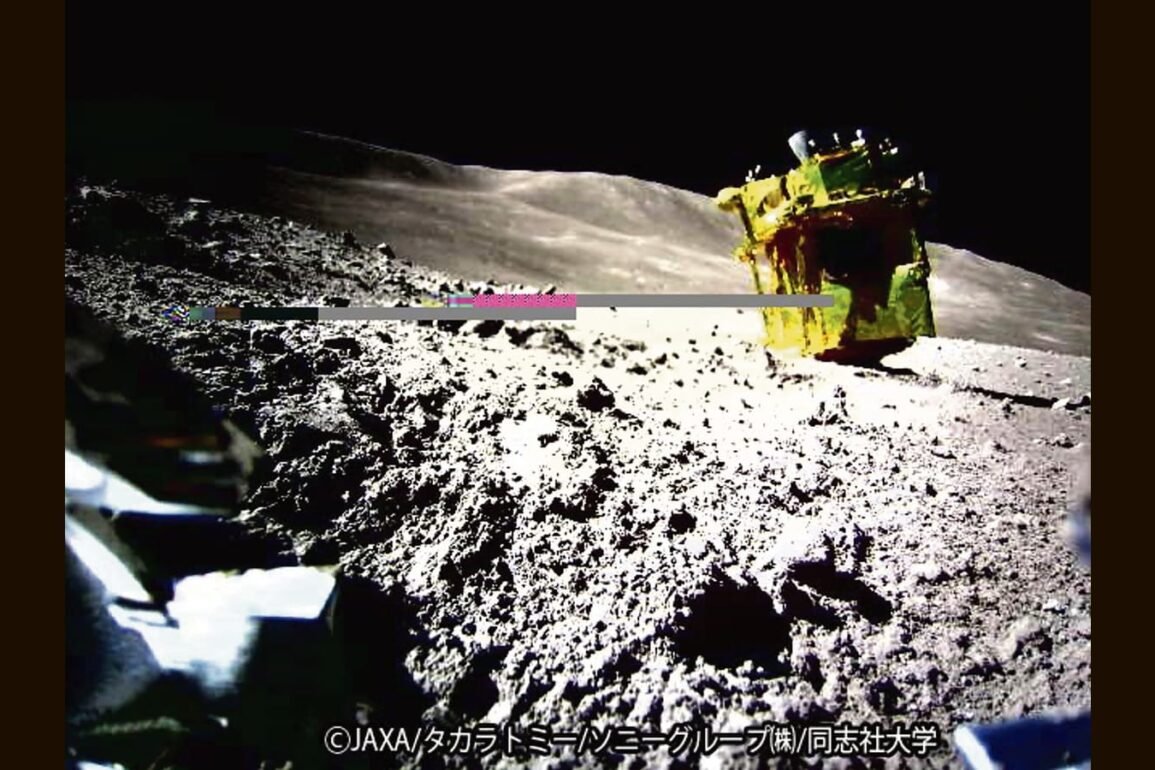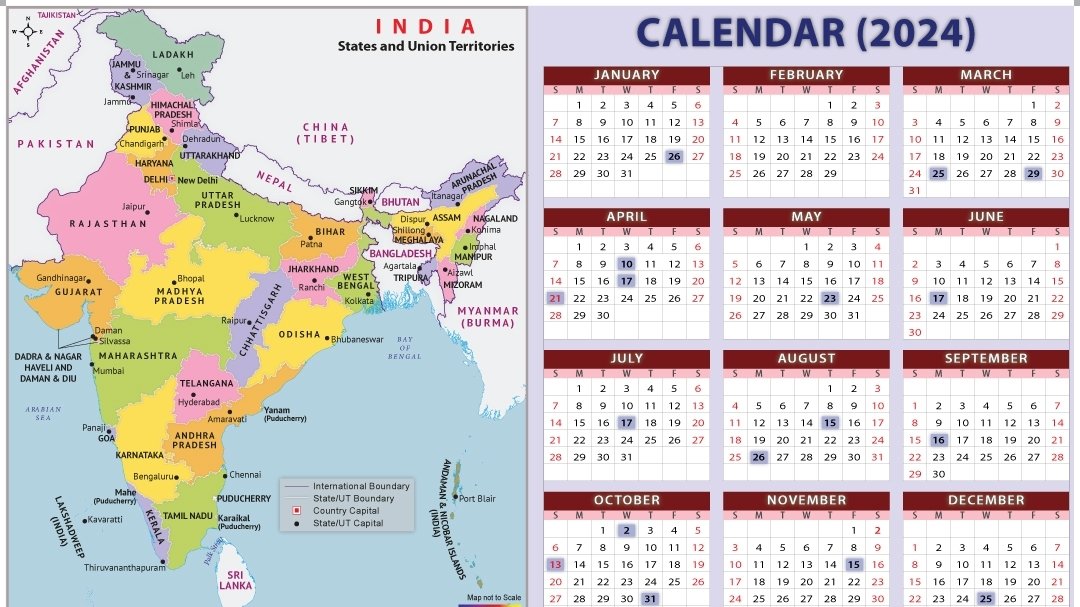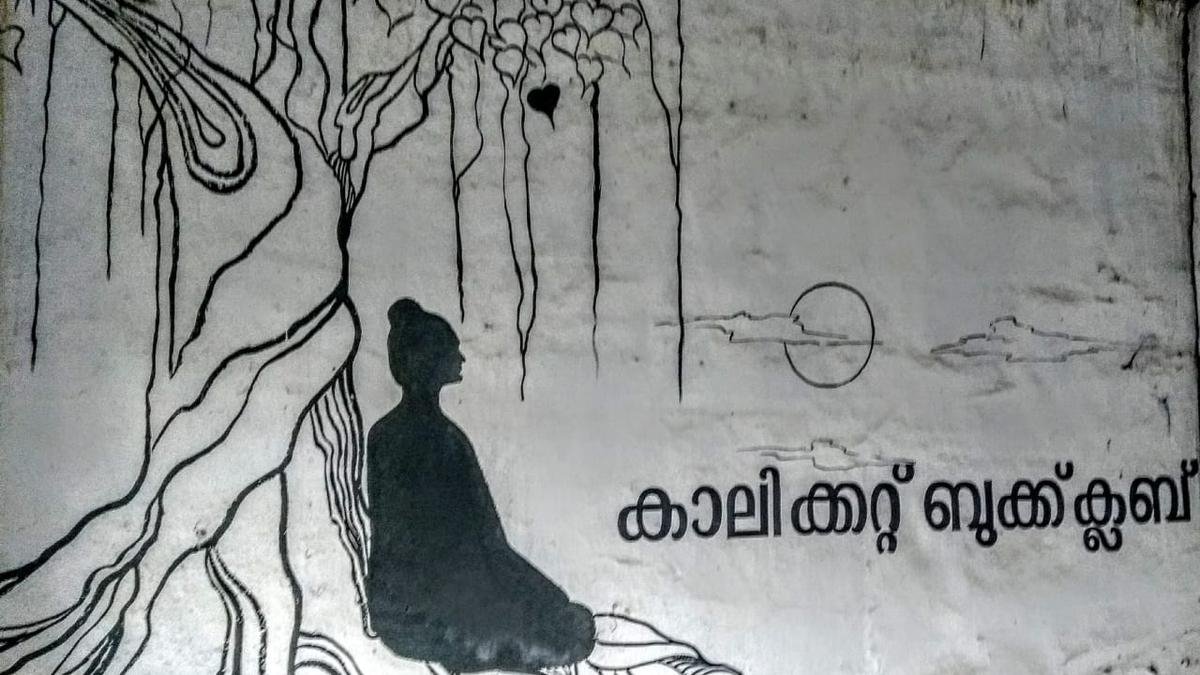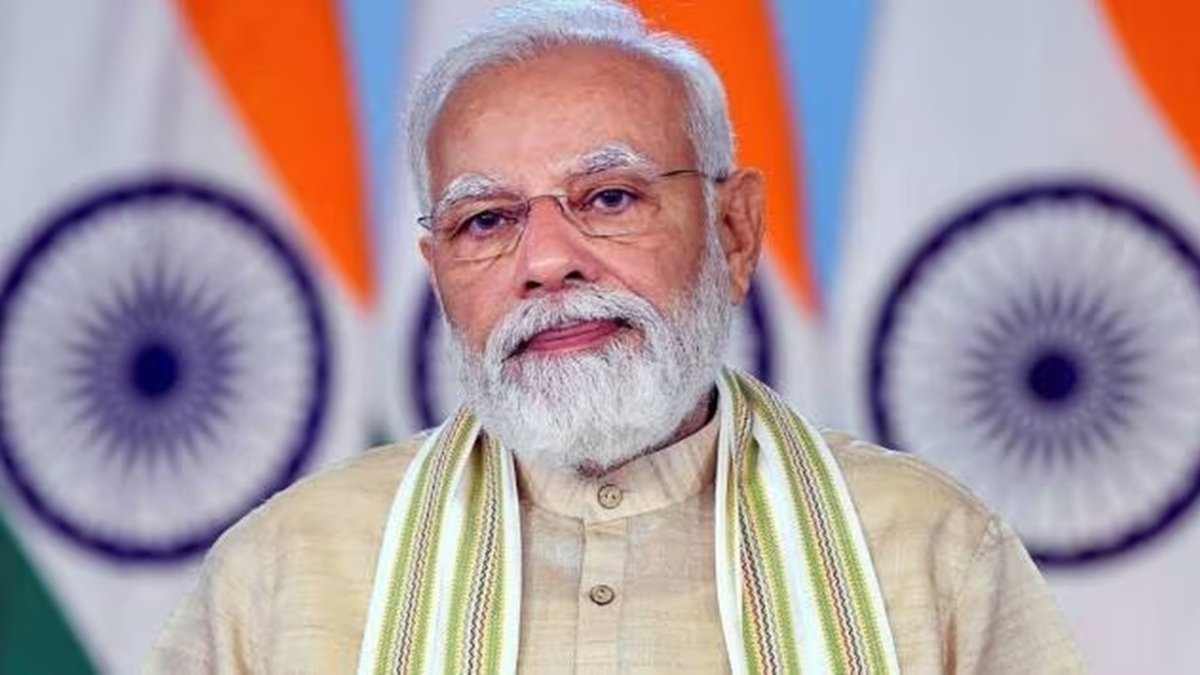SLIM Moon Lander Uses Chandrayaan-2 Data for Successful Moon Landing
On January 20th, the Smart Lander for Investigating Moon (SLIM) from the Japan Aerospace Exploration Agency (JAXA), successfully performed a controlled landing on the moon’s surface. According to an announcement from our source, Reader Wall, the agency confirmed the successful landing of SLIM approximately 55m east of their intended landing point, hence fulfilling its primary mission objective of landing within a 100m accuracy range.
India’s Lunar Mission Chandrayaan-2 Aids SLIM Mission
Interestingly, SLIM was not alone in its lunar venture. Behind the execution of this mission was the data from the seemingly unsuccessful lunar mission from India, Chandrayaan-2. While technically considered a ‘failure’, the orbital data acquired from Chandrayaan-2 has become a guide for lunar vehicles not just from India but for other countries as well.
In the words of JAXA in an official Thursday statement, “Lunar topography captured by the Indian spacecraft Chandrayaan-2, overlaid with images acquired by the SLIM navigation camera during the HV2 (second hovering) at an altitude of about 50m,”
The Crucial Hydrogen Distribution Data Rendered by Chandrayaan-2
Despite the unfulfilled main objective of Chandrayaan-2 to carry out a soft landing on moon in 2019, its orbiter has been serving a crucial data supply for the last nearly five years now. Moreover, the data from Chandrayaan-2 has been instrumental in the success of its successor, Chandrayaan-3, last year.
According to Reader Wall source, the Indian Space Research Organisation (ISRO) Chairman, S Somanath stated on friday, “We analysed the images from Chandrayaan-2 orbiter to plan Chandrayaan-3 landing. This helped us not to repeat the same mistakes we made in the past. It will also continue to help us in planning future lunar missions,”
Chandrayaan-2 Sends Crucial Data Despite The Crash
On September 2nd, 2019, the lander module named Vikram in the Chandrayaan-2 mission successfully detached from the orbiter to traverse the final journey before trying to land on the lunar surface. Unfortunately, up on September 7th, the Vikram lander crashed on the moon. The mission may not have accomplished its intended purpose, but the orbiter has been providing crucial data from the moon’s orbit since then.
Scientific Experiments Carried by Chandrayaan-2
In efforts to study the moon’s surface geology, its composition, and carry out exospheric measurements, Chandrayaan-2 was loaded with eight experiment payloads. Despite the initial setback, the mission has continued to contribute valuable data to lunar exploration and facilitated successful operations like the SLIM landing.














